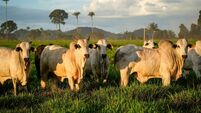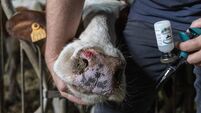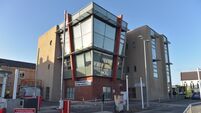Ireland’s beef exports to Europe increase by 11%
Overall, Irish food, drink and horticulture exports were up 0.7% to a total of €7.1 billion on the previous year, despite a strong euro exchange rate against sterling and price deflation in major export markets.
Agriculture and food remains Ireland’s largest indigenous exporter providing total employment of around 160,000. It accounts for close to one tenth of the Irish economy with annual sales of €18.5bn and relatively low import content.













